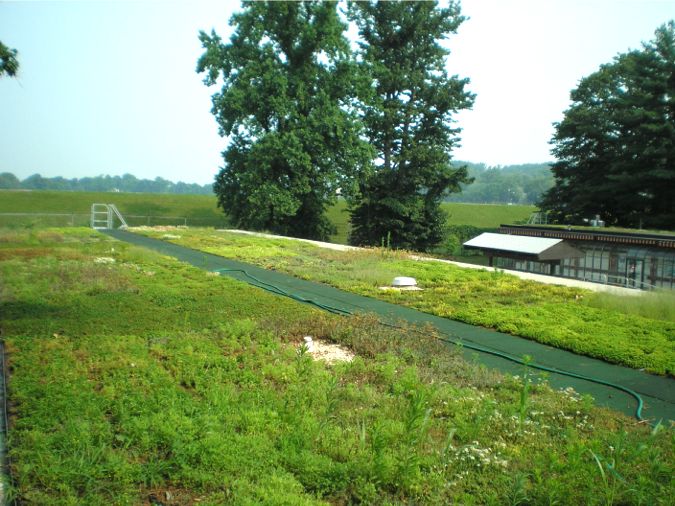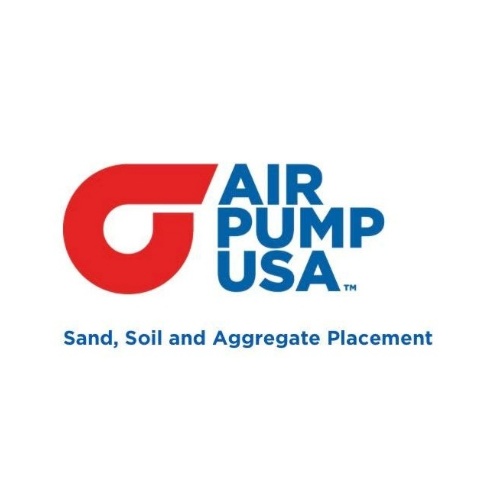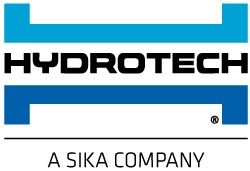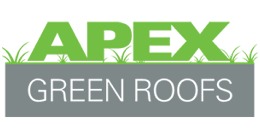
Additional Resources
Read the in-depth article “It’s Alive!” by Doug Curtis, Regional Hydrologist at the NPS Center for Urban Ecology, here. See the GreenGrid Small Case Study of 6.13.08 and 6.14.07. Learn more about Emory Knoll Farms in The Greenroof Directory here, and GreenGrid here.
The green roof on the Center for Urban Ecology is a result of the growing interest in green roofs in the Capital. It is estimated that 52 percent of our nation?s capital is covered with impervious surfaces such as streets, buildings, and parking lots. ?Serious impairments to local waterways usually begin when these amounts [of impervious surfaces] reach 10 percent,? says Doug Curtis with the National Park Service and the Center for Urban Ecology. ?[To deal with these problems,] planners are attempting to protect watersheds?and one system that can help but is often overlooked is a Green roof.?
This educational building is located immediately adjacent to the Georgetown Reservoir, and stormwater management/watershed protection was one of the drivers for the green roof. The building is undergoing a complete renovation, including a new roof to replace one that had been leaking for years. With the green roof in place, the new roof system should have a significantly extended service life while providing educational and best practices demonstrations for decision-makers in Washington, D.C.
The extensive green roof was designed by the Department of the Interior and features an alternating grid of 18 different plant species. Approximately 800 ft2 of recycled rubber walkway pavers and two sets of stairs make this green roof an accessible space for building occupants and visitors. Green Roofs Plants were used in the modules, placed on May 18, 2004. About 14,000 plugs were installed at eight plants per flat.
 Greenroofs.comConnecting the Planet + Living Architecture
Greenroofs.comConnecting the Planet + Living Architecture





